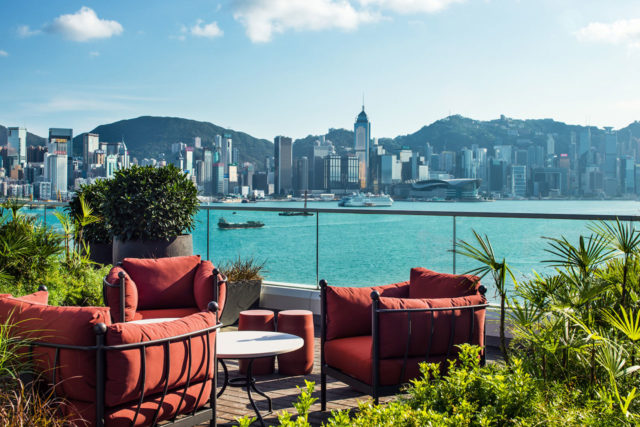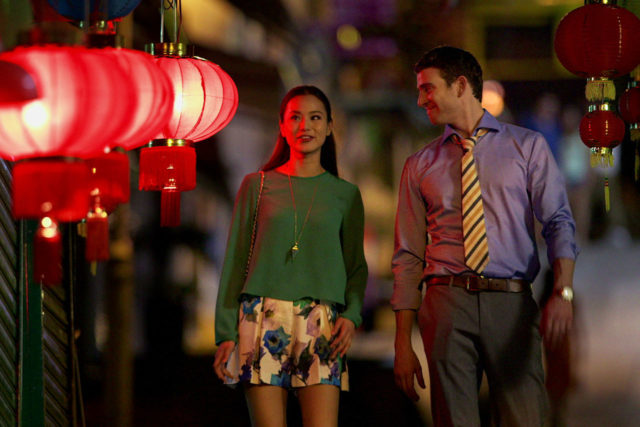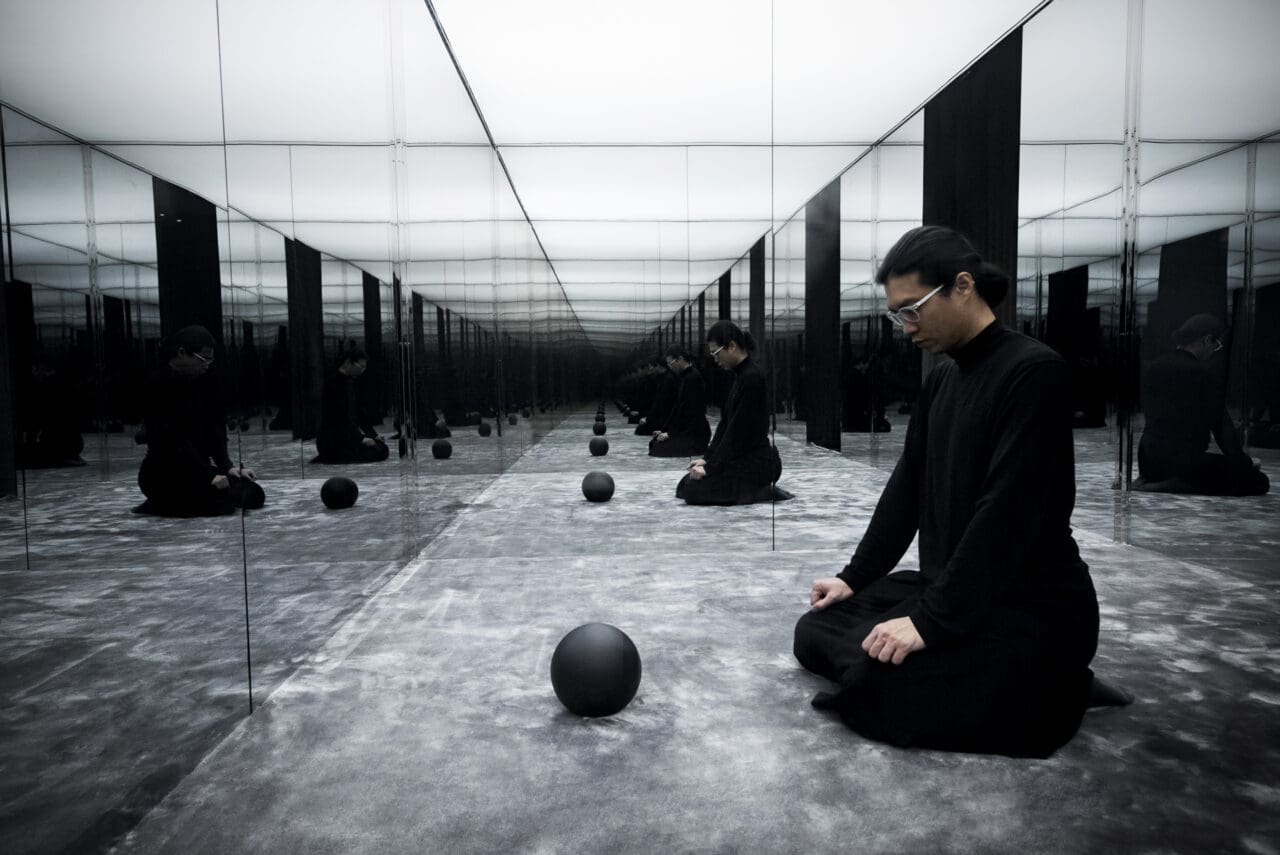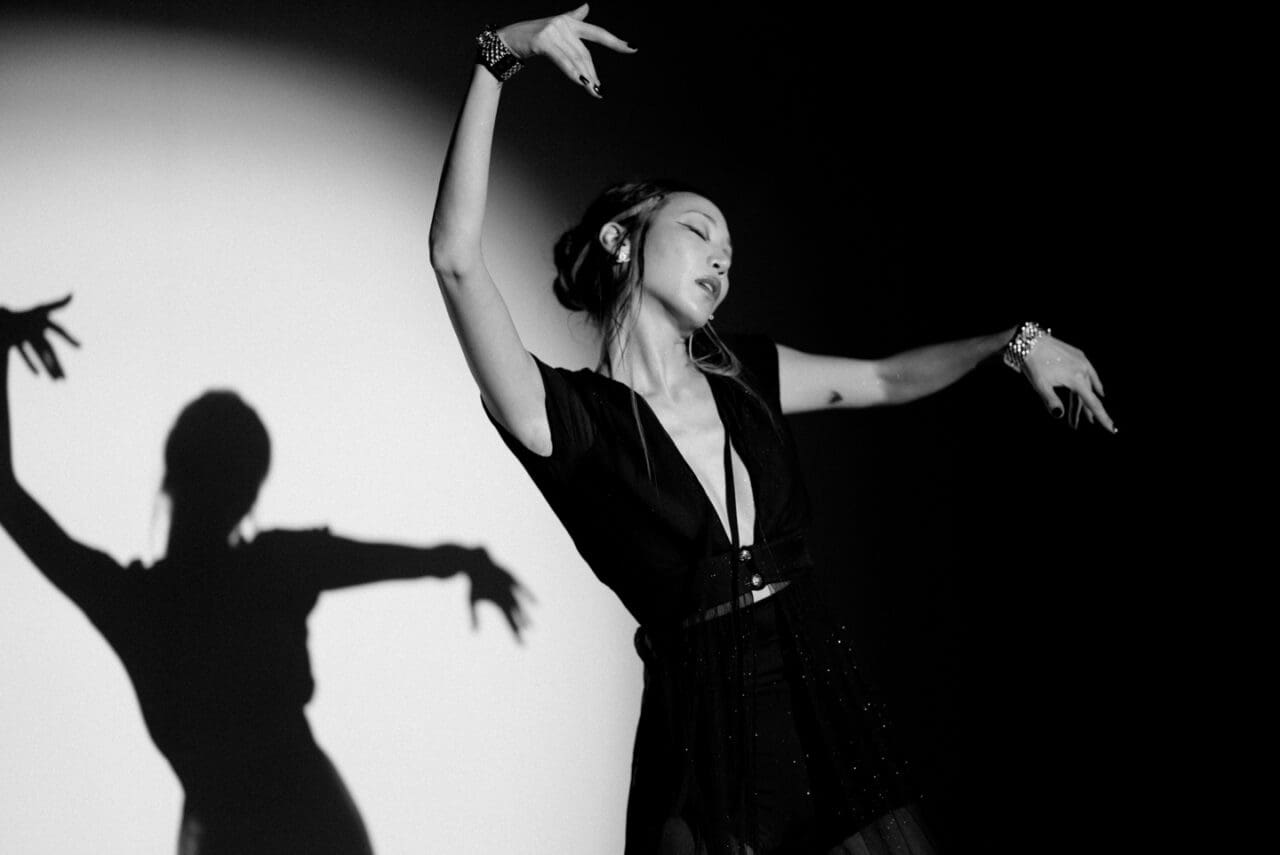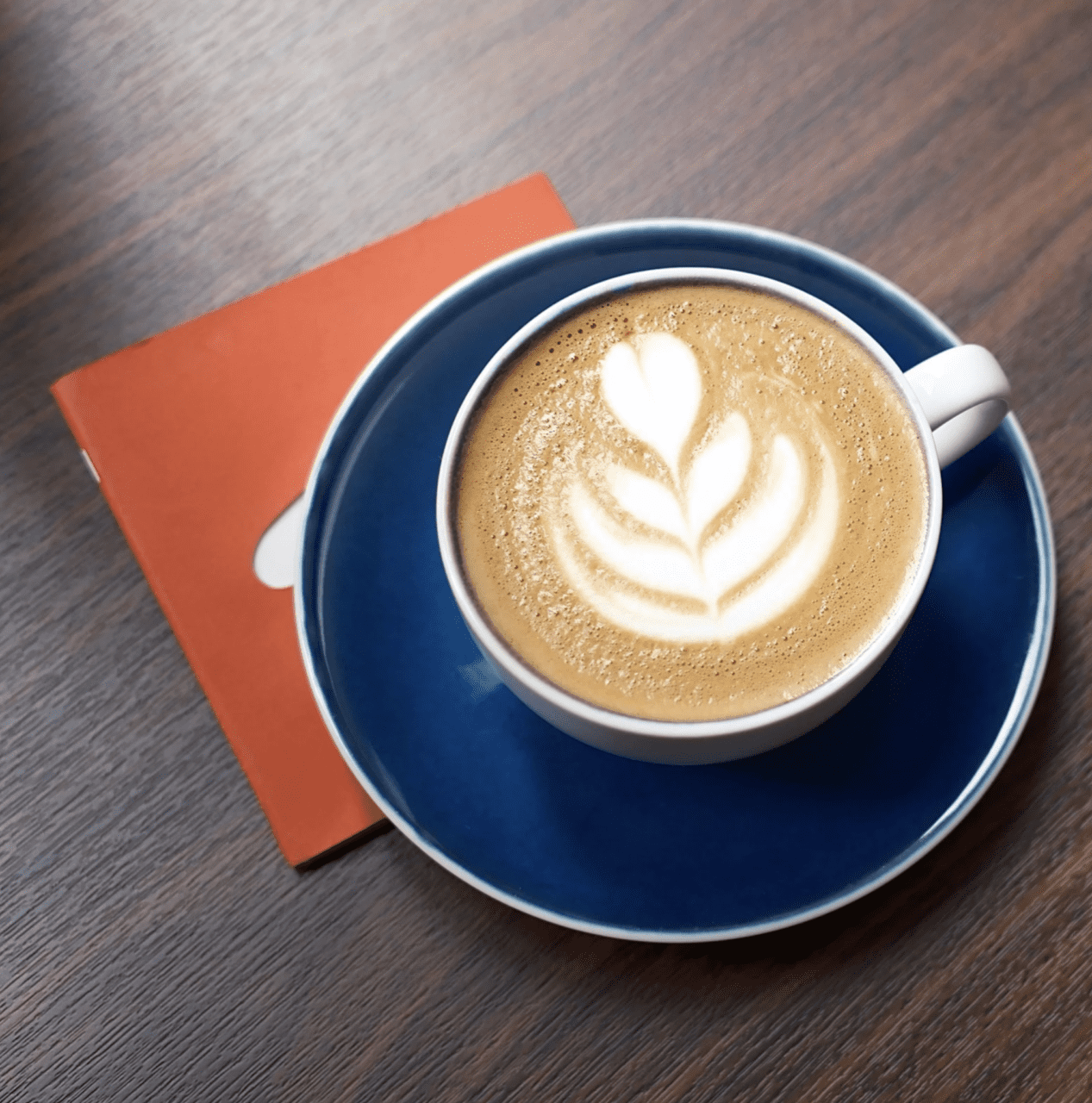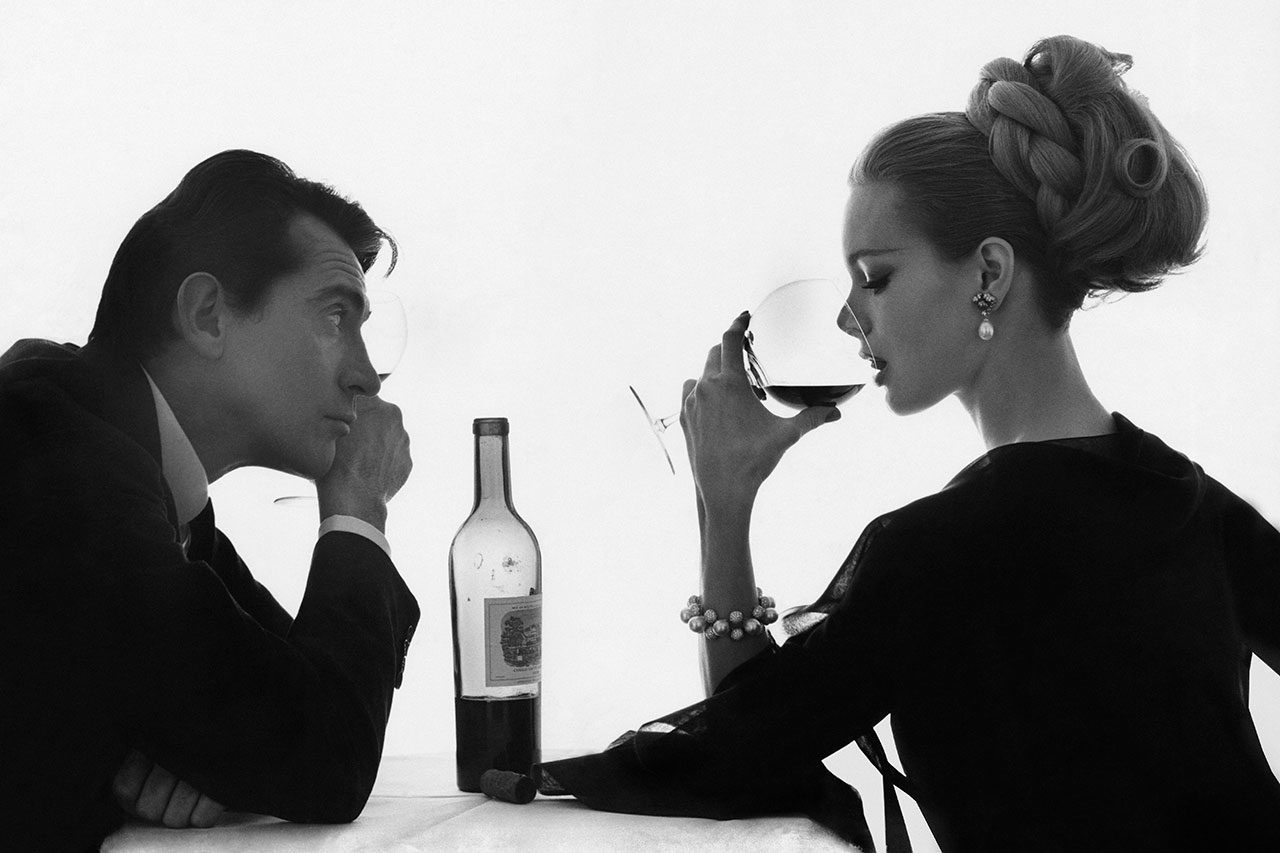
We all know the motions that must be made whenever wine is ordered in a restaurant: a bottle is picked from a wine list that details cryptic terroirs and appellations; the sommelier presents your choice before pouring a tasting glass, to which you must feign delight; and only then can you and your dining companions imbibe.
A pantomime at the best of times, which is why we’ve asked Jeanette Robson, a seasoned wine instructor at London-based wine merchant Berry Bros. & Rudd, to finesse this process for the rest of us with her essential tips for ordering wine at a restaurant. Keep on reading below.
Choosing the wine
- Ask your friends what they generally like to drink. Don’t stray too far from what their palates prefer.
- Think about an acceptable price range, as lighter drinkers won’t thank you for having to subsidise the big drinkers enjoying high-priced wines.
- Think about what you are going to eat. Choose a wine that will complement, not dominate the food.
Tasting the wine
- First have a look – most young white wines will be lemon in colour, not golden; and young red wines should be ruby or purple in colour and should not have a brick-red rim. These are red flags that the wine has not been stored correctly and Hong Kong’s hot weather may have cooked the wine.
- Next, smell the wine, which should smell pleasant. If it doesn’t, ask the sommelier to check and tell them that you’re not familiar with how the wine should smell. Don’t be embarrassed as faulty wines get sent back to the supplier so the restaurant won’t try and fool you.
- Finally, taste the wine and make sure it covers all parts of the inside of your mouth. Do you like the flavours and is the wine in balance? Again, if you are at all undecided, ask the sommelier – they are there to help and should remain impartial while dispensing advice.
Where to wine and dine
L’Atelier de Joël Robuchon in Landmark has won award after award over the years for their wine list. It’s extremely comprehensive with many ‘wines to impress’ but this restaurant doesn’t needlessly mark up. In fact, the benchmark Cloudy Bay Sauvignon Blanc is priced better here than many other restaurants.
Wine students all know that the Pizza Express wine lists across town are small (usually less than 15 wines) but offer great quality at good prices. Last time I looked, their famed listing of the Super Tuscan Tignanello was HK$808.
One of my favorite wine lists is at Comptoir in Kennedy Town. A medium-sized list, it always kicks off with a great value Côtes de Provence Rosé at HK$350.
A note on Bordeaux
Hong Kong has had a love affair with the top wines of Bordeaux for most of the last two decades.
In 1855, a number of the top wines of Bordeaux were sorted into five tiers from “1st growths” to “5th growths” with 1st growths at the top of the hierarchy. Thousands of other producers were not included. This made choosing a gift or impressing a client an easy decision. Any gift of classed growth showed massive respect.
These largely Cabernet Sauvignon-based wines have long ageing potential, developing delicious complexity as they mature.
One last tip…
In Hong Kong, many new restaurants open without a liquor license for the first month or so. This is a great time to bring your own wines without having to bear restaurant mark-ups.
Berry Bros. & Rudd offers a range of wine education courses, from introductory evening options to in-depth WSET-accredited courses. Find out more here.
Editor
Gavin YeungCredit
Header image: Bert Stern/Condé Nast via Getty Images